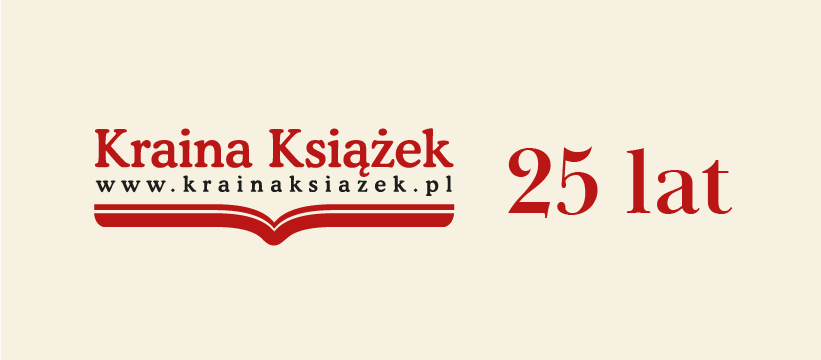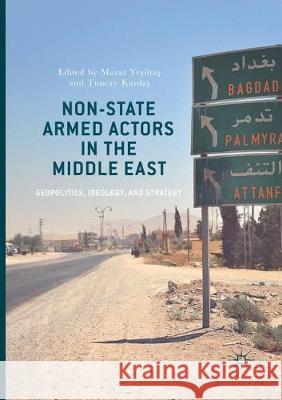Non-State Armed Actors in the Middle East: Geopolitics, Ideology, and Strategy » książka
topmenu
Non-State Armed Actors in the Middle East: Geopolitics, Ideology, and Strategy
ISBN-13: 9783319856186 / Angielski / Miękka / 2018 / 278 str.
Non-State Armed Actors in the Middle East: Geopolitics, Ideology, and Strategy
ISBN-13: 9783319856186 / Angielski / Miękka / 2018 / 278 str.
cena 374,81 zł
(netto: 356,96 VAT: 5%)
Najniższa cena z 30 dni: 375,70 zł
(netto: 356,96 VAT: 5%)
Najniższa cena z 30 dni: 375,70 zł
Termin realizacji zamówienia:
ok. 16-18 dni roboczych.
ok. 16-18 dni roboczych.
Darmowa dostawa!
Kategorie BISAC:
Wydawca:
Palgrave MacMillan
Język:
Angielski
ISBN-13:
9783319856186
Rok wydania:
2018
Wydanie:
Softcover Repri
Ilość stron:
278
Oprawa:
Miękka
Wolumenów:
01











